The first pipe size ever used in a plumbing system was the Iron Pipe Size (IPS). Over time, other pipe sizes were introduced including Copper Piping, Copper Tube Sizes (CTS), CPVC, and most recently, PEX. When ordering and selecting fittings, it is important you are aware of what piping size system you are working with. Fittings that are designed for IPS will not work on CTS piping, and vice versa.
In this blog, we will take a look at the differences between Iron Pipe Size, Nominal Pipe Size, and Copper Tube Size and easy ways for you to differentiate between the three.
Prefer watching videos over reading? Check out our video above. The video delves into the same topic as the blog post!
Iron Pipe Size (IPS)
The materials that are Iron Pipe Size are: 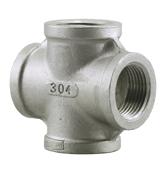
- Carbon Steel
- Red Brass
- 304 & 316 Stainless Steel
- PVC
Iron Pipe Sizing is the most popular and commonly found in general piping and industrial applications.
Copper Tube Size (CTS)
Copper Tube Size is found in these materials: 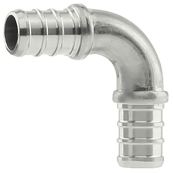
- Copper
- CPVC
- PEX
Copper Tube Sizes are specific for plumbing and potable water systems.
Terms to Remember
- IPS = Iron Pipe Size
- CTS = Copper Tube Size
- NPS = Nominal Pipe Size
- O.D. = Outside Diameter
- I.D. = Inside Diameter
- SDR= Standard Dimension Ratio
- CTS = Copper Tube Sizes
What's the Difference?
The #1 difference between IPS and CTS is the actual outside diameter. Before, IPS was the standard for welded wrought iron pipe only, which was based on the inside diameter. Once nominal pipe size (NPS) took over for IPS, the change was made to be controlled by the O.D. This is why the diameter differs from the nominal diameter. In the industry, you will still see the IPS terminology rather than the NPS to avoid any confusion with the National Pipe Straight, which is part of the ASME B1.20.
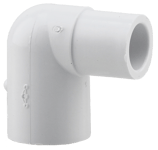 With CTS and IPS there is another measurement that also refers to the wall thickness of the tubing or pipe but with CTS, the tube dimensions are specified by the exact O.D. and the tube wall thickness. Advances in manufacturing technology have evolved to make several wall thicknesses now available whereas years ago the only wall thickness available was 1/8". When it comes to IPS, the pipe dimensions are solely determined by a nominal O.D. (which is actually different from the measured O.D.) and a schedule that relates directly to the pipe wall thickness.
With CTS and IPS there is another measurement that also refers to the wall thickness of the tubing or pipe but with CTS, the tube dimensions are specified by the exact O.D. and the tube wall thickness. Advances in manufacturing technology have evolved to make several wall thicknesses now available whereas years ago the only wall thickness available was 1/8". When it comes to IPS, the pipe dimensions are solely determined by a nominal O.D. (which is actually different from the measured O.D.) and a schedule that relates directly to the pipe wall thickness.

For different types of pipe like CPVC and PEX, the wall thickness is determined by the standard dimension ratio (SDR) which is the ratio of the outside diameter to the wall thickness, typically in the range of 7.4 to 13.5.
With regards to IPS, there is a large variety of wall thickness options. The wall thickness is determined by schedules. Schedule 40 and 80 pipes are most commonly used in plumbing applications but there are many schedule ranges available from as thin as 5 to as heavy as 160.
When the schedule number increases, the wall thickness also increases. This enhances the ability of the pipe to handle greater pressures but this also decreases the pipe I.D. which reduces the flow inside the pipe. Ultimately, no matter the wall thickness, the nominal and measured O.D. will not change.
In Summary:
Determining what fittings and valves are required for your piping system can be tricky. Fittings that are designed for a specific system will not work with any other system so it is very important to be aware of the differences so you pick correct the product.
Have further questions about this subject?

Head over to Boshart's Knowledge Base: technical product information, guidelines, and more.


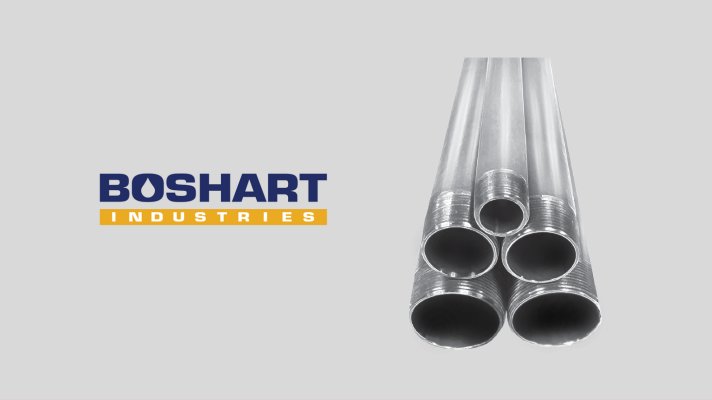
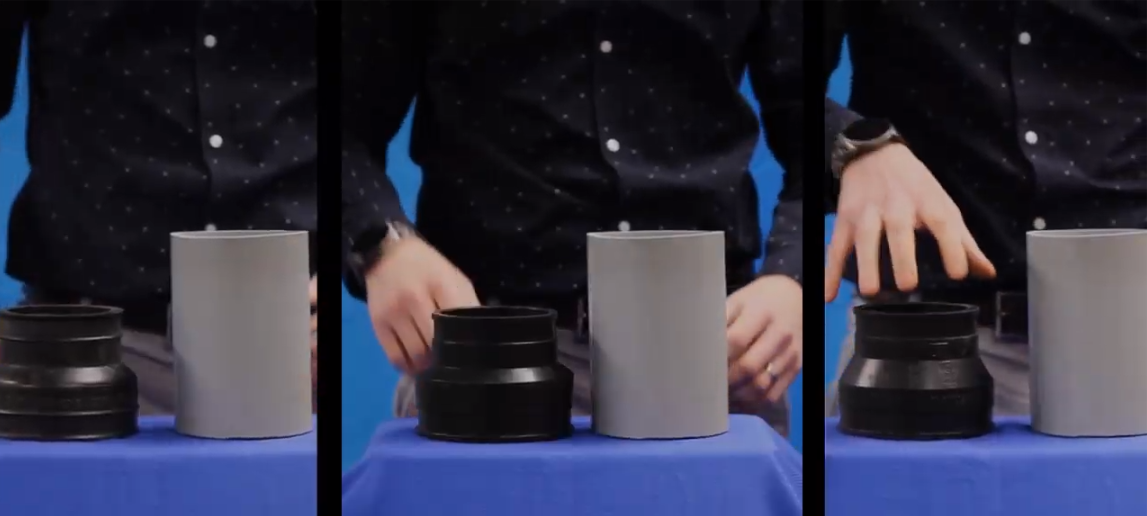

SHARE